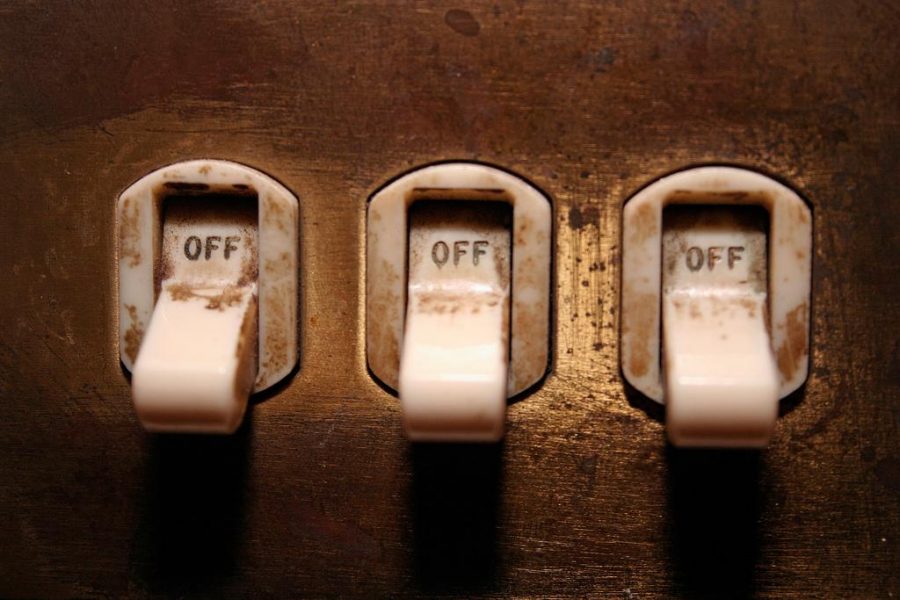Each year, Americans lose an estimated $19 billion dollars in wasted electronic power. The switches in household electronics never fully turn off the appliances, meaning some power is expended even when the device is not operating.
Cellphones, tablets, laptops and washing machines are just a few examples of energy-wasting devices. In fact, the reason your cellphone may sometimes feel warm is because of energy leakage.
“Every consumer electronic device is plagued with this leakage of power,” said University of Utah USTAR Professor of Electrical and Computer Engineering Dr. Massood Tabib-Azar. “Most of our electronics don’t completely go to sleep.”
Dr. Tabib-Azar has worked for years to create a solution to this problem. He collaborated with three students from the U to create an electronic switch that will significantly reduce electricity leakage.
The system works by applying voltage to copper sulfide, a salt that is neither a good conductor nor a good insulator. The voltage decomposes the salt, melting together a copper nanowire that conducts electricity. To turn the switch off, a voltage of the opposite polarity is applied to once again fuse the copper and sulfide ions into non-conductive copper sulfide. By alternating back and forth in this manner, the electronic switch can be turned on and off.
Dr. Tabib-Azar explained that there will still be a small amount of background leakage that cannot be abolished. This is due to the decreasing size of electronic devices.
“As we make them smaller and smaller and smaller, the distance from one electrode to the other is only about 40 nanometers. Since they are so close together, the switch gate is unable to completely turn off the current,” said Dr. Tabib-Azar. “It’s an inherent problem of these devices.”
The copper sulfide switch the team designed will reduce the waste of power by a factor of at least five to ten, depending on how it is implemented.
The student members of Dr. Tabib-Azar’s research team have all graduated within the past year and been hired in their respective fields. Nurunnahar Islam was hired as an IM Flash engineer, Pradeep Pai as an Intel engineer and Yuying Zhang as an Omnivision Technologies engineer. These U of U alumni worked with Dr. Tabib-Azar to author a paper about their research and device, recently published in Solid State Electronics.
Dr. Tabib-Azar has spent many years thinking about this project. He spent his last year on sabbatical at the University of Berkeley, where he was able to talk to experts about energy-efficient electronics.
The next step in his research is to implement these switches in circuits and electronic devices. All materials used in this device are already readily available in the electronics industry, which means it would be relatively convenient to incorporate into products. These switches would increase the lifetime of electronics, giving the buyer better value.
These copper sulfide switches take time to assemble into nanowires, which means they act slower than traditional switches. However, Dr. Tabib-Azar does not see this as a significant disadvantage.
“In most applications, speed is not really the crucial factor anymore,” said Dr. Tabib-Azar. “The next thing to do is come up with architectures so we can connect the devices together to take advantage of the unique properties and refuse the negative aspect of being slower.”
@KarissaWang


